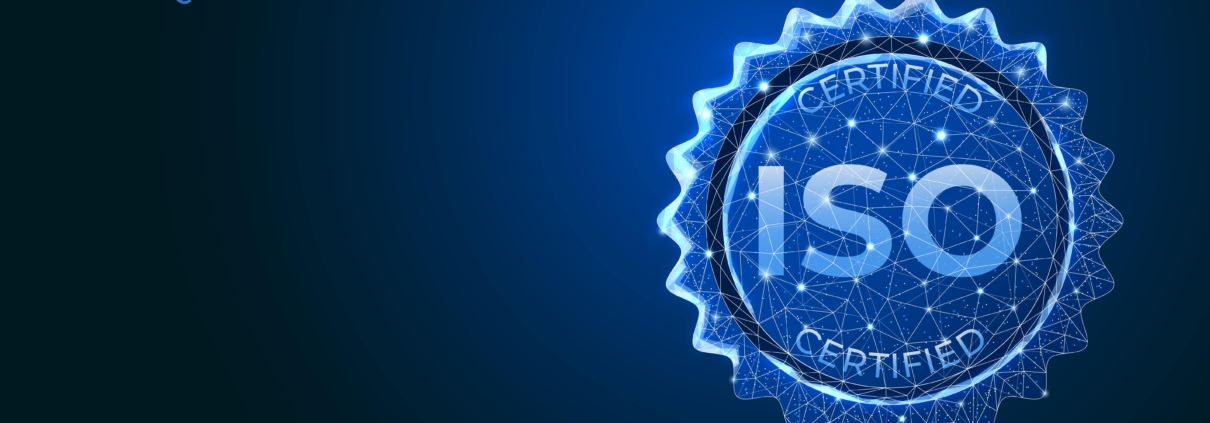Breaking Down Language Barriers: The Power and Potential of Voice Translators
As the world becomes increasingly interconnected, the ability to communicate across language barriers has never been more valuable. Language translation services have long been relied upon for written text, but with the advent of voice translators, the power to instantly break down language barriers is in the palm of our hands. In this blog post, we will explore the transformative potential of voice translators and delve into the various ways they can enhance communication in our globalised society.
The Rise of Voice Translators
In recent years, there has been a significant rise in the popularity and usage of voice translators. These innovative devices or applications allow individuals to communicate seamlessly across language barriers by converting spoken words into another language in real-time.
Voice translators serve as invaluable tools for travelers, international business professionals, and even everyday conversations between people who speak different languages. By utilising advanced speech recognition and machine learning technologies, these devices are able to accurately interpret spoken words and provide instant translations.
The convenience and efficiency offered by voice translators have made them increasingly prevalent in various settings. They have become particularly useful in situations where immediate translation is required, such as during international conferences, meetings, or when navigating unfamiliar environments while traveling.
Voice Translators in Action
One of the fundamental features of voice translators is their ability to translate voice to text. With the touch of a button, spoken words are transformed into written text, allowing for easier comprehension and communication. This functionality is particularly helpful in scenarios where written communication is more practical or when individuals have hearing impairments.
Furthermore, voice translators serve as audio translators, converting spoken words from one language to another in real-time. Imagine travelling to a foreign country and being able to converse effortlessly with locals, thanks to an audio translator. This technology opens up a whole new world of opportunities for cultural exchange, business collaboration, and personal connections across language barriers.
The use of voice translators has significantly enhanced global connectivity and fostered cross-cultural understanding. As technology continues to advance, these devices are becoming increasingly accurate and user-friendly. With their ability to break down language barriers effortlessly, voice translators are playing a pivotal role in promoting communication and collaboration on a global scale.
Overcoming Language Challenges
The power of voice translators lies in their capability to overcome the common challenges faced when trying to communicate in unfamiliar languages. Pronunciation, intonation, and dialect variations can all create barriers to effective communication. Voice translators, equipped with sophisticated language recognition algorithms, can accurately capture and interpret these nuances, ensuring that the intended meaning is conveyed between speakers.
Another key advantage of voice translators is their ability to translate speech in real-time. This feature is invaluable in international conferences, business meetings, and even emergency situations. With a voice translator, instantaneous translations eliminate misunderstanding, streamline communication, and foster collaboration on a global scale.
Voice to Text Translators: More Than Just Words
While voice to text translation is one of the primary functions of voice translators, its impact extends beyond mere word translation. Text translations can be saved, stored, and referenced later, making it a valuable tool for conducting research, accessing information, and learning new languages. The ability to retain translated conversations enables users to reflect on discussions, review important details, and build upon previous interactions, strengthening connections between individuals and cultures.
The Future of Voice Translators
As technology continues to advance, the potential of voice translators will only continue to grow. Imagine a world where barrier-free communication is the norm, where language is no longer a limitation. The ongoing advancements in artificial intelligence, machine learning, and natural language processing will undoubtedly unlock new possibilities for voice translators, making them even more accurate, intuitive, and user-friendly.
TW Languages: Harnessing the Potential of Voice Translators
At TW Languages, we are at the forefront of language solutions, embracing the latest technologies to facilitate effective communication across languages. Our expertise extends to the realm of voice translation, where we leverage state-of-the-art voice-to-text and speech translation technologies to break down language barriers.
Our voice translators excel in translating speech into text, enabling you to capture spoken content accurately and efficiently. Whether you need to transcribe interviews, record speeches, or document conversations, our voice-to-text translation service ensures that nothing gets lost in translation.
Moreover, our audio translation service takes your content a step further by converting spoken language into text in multiple languages. This opens up new opportunities for sharing information, reaching wider audiences, and enhancing accessibility.
Conclusion
Voice translators have become a powerful tool in breaking down language barriers and fostering global communication. With the capacity to translate voice to text, serve as audio translators, and enable real-time speech translations, these devices are revolutionising the way we interact with different languages and cultures. As we embrace the potential of voice translators, we move one step closer to a truly interconnected and harmonious global community.
At TW Languages, we believe in the power of language and are committed to providing top-notch language translation services to our clients in order to foster effective communication. Explore our website to learn more about our translation services and how we can assist you in breaking down language barriers.












